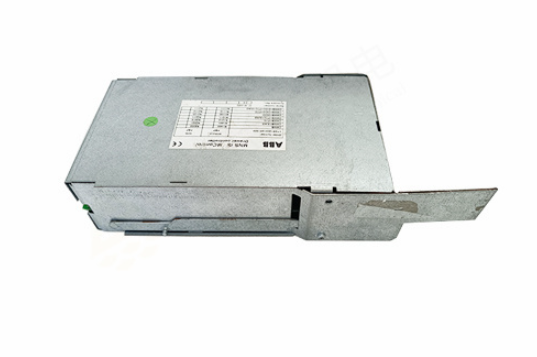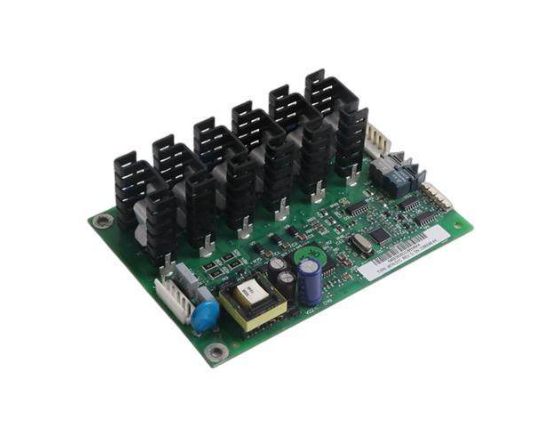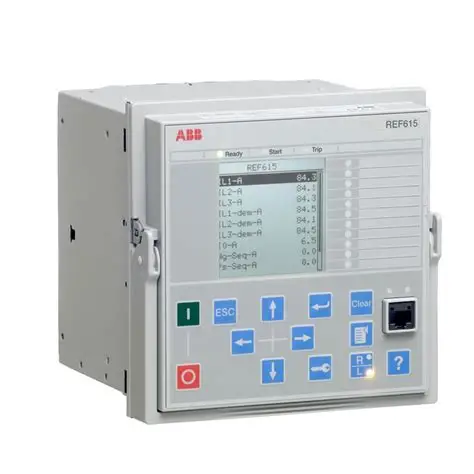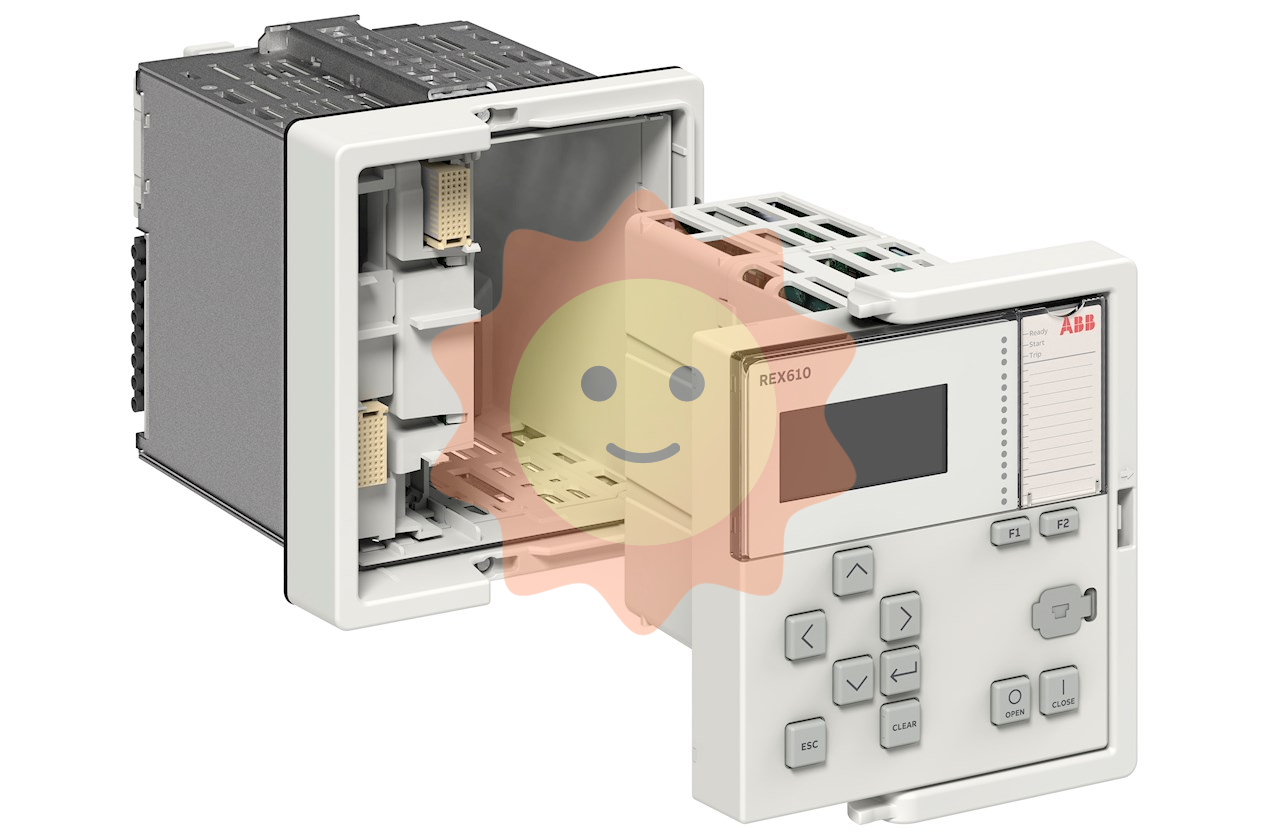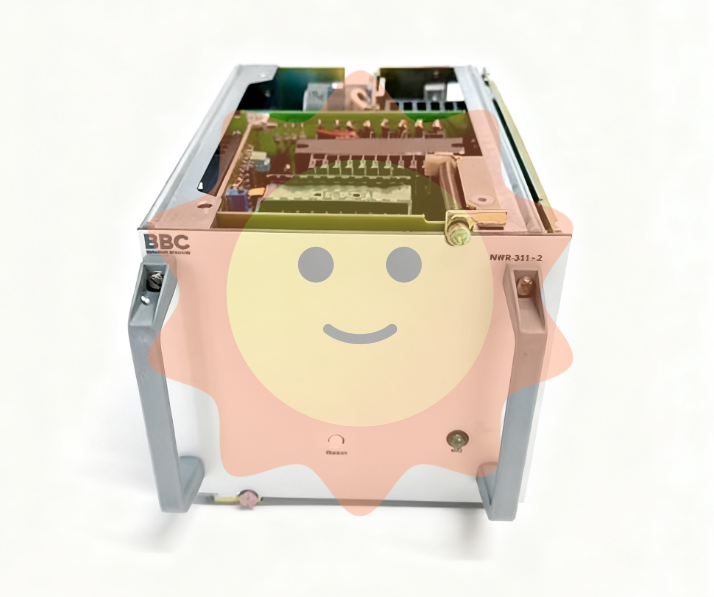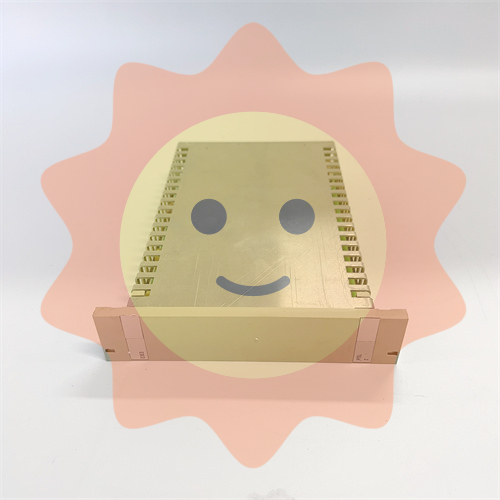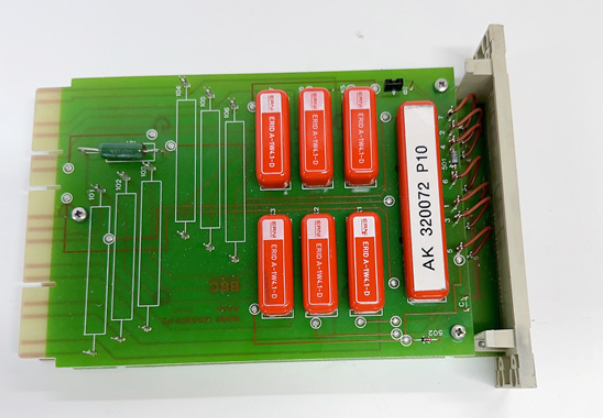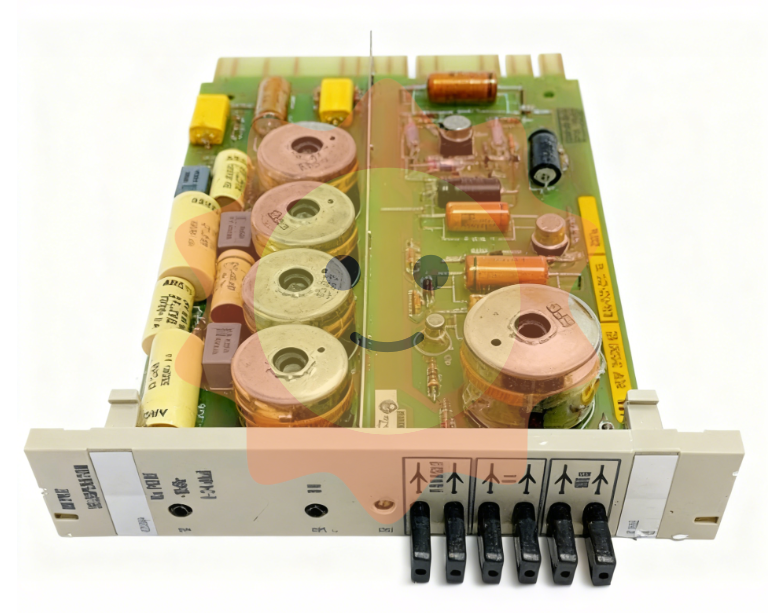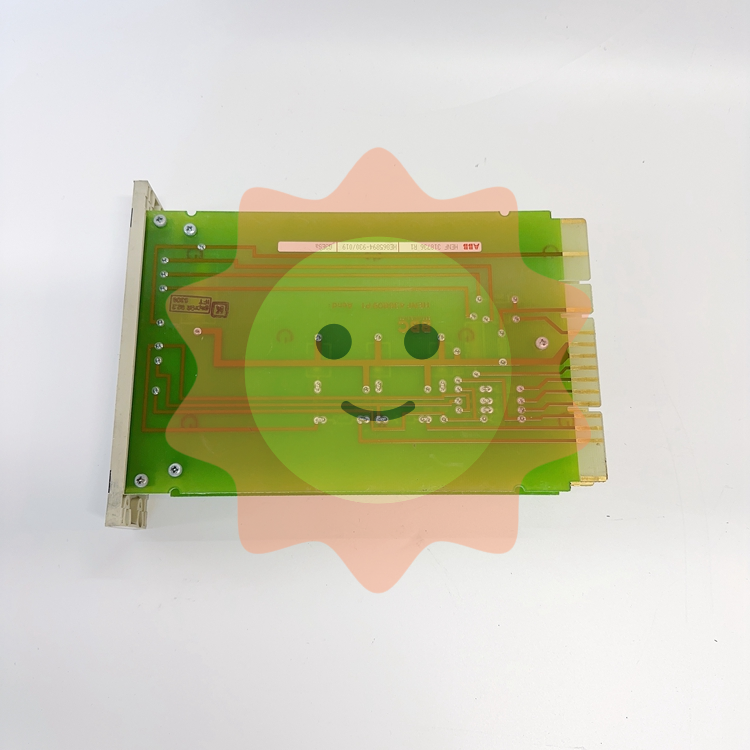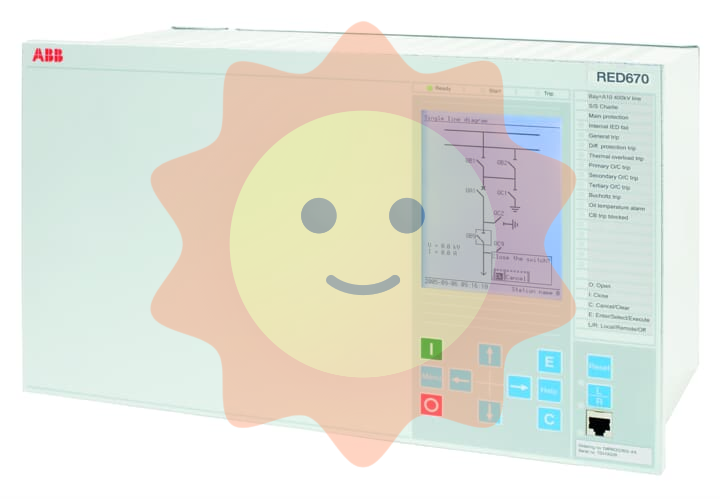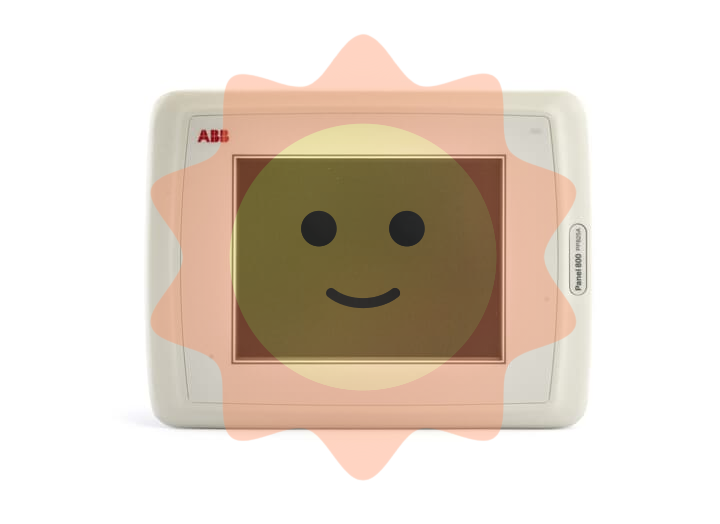Recent developments in nanomaterials in care products

Negative consequences in each area should be continuously minimized throughout the development lifecycle, which Lapkin et al break down into three phases of development: (1) early route selection; (2) early process selection; (3) Process optimization. Nano-cosmetics already on the market are still in the research and development stage (3). In addition to the process development life cycle, the entire product life cycle should be considered according to the ISO definition of "cradle to cradle" product life cycle, which includes: raw material procurement, product manufacturing, product utilization, and end-of-life recycling/disposal. Among them, the product utilization stage has the most direct impact on consumer safety.
"Safety optimization for consumers" is part of the social dimension of sustainable development. When manufacturers determine which nanomaterials can safely enter the cosmetic market, the assessment of exposure and toxicity can be reflected in the stages of developing the life cycle framework, according to Lapkin et al. However, exposure assessment is limited by non-standardized indicators and inadequate labelling of nanomaterials in personal care products. Toxicity assessments are largely limited to animal studies, and these limited exposure data prevent toxicity studies from focusing on specific risk points for consumers.
The limitations of these exposure and toxicity studies may be attributed to the chemical complexity of nanomaterials. Miseljic et al. explain that ecotoxicological evaluation of nanoscale personal care products is particularly difficult because the geometry, electrochemical properties, and agglomeration effects of nanoparticles are different in different environments. Nuances in the chemistry of nanomaterials determine the subsequent interaction with cosmetic media, which drives the release of nanomaterials from personal care products in different environments. This complexity undermines the mitigation of previously levelling risks for consumers because it complicates the prioritization of exposure points in toxicity studies.
The study by Miseljic et al. shows that data in specific cases requires the study of specific product types and use environments. Botta et al. did this by studying nanoscale TiO2 released from 1.5g sunscreen centrifuged in 250 ml of Milli-Q ultra-pure water for 48 hours. The results showed that about 20% to 40% of the nanoparticle colloids in the sunscreen were dispersed after aging, while the sunscreen contained 0.96% to 30% TiO2 colloids, which were tightly clustered in the organic phase where the dispersed sunscreen colloids existed. Since this change in TiO2 affects aquatic organisms differently than pure titanium dioxide, more toxicity studies are needed and a thorough ecotoxicological analysis of TiO2 sunscreens is required.
In addition, although Botta et al. looked specifically at the release of nanoparticles from cosmetics into water, Keller et al. estimated that a large percentage of nanomaterials in cosmetics are actually released into landfills (36%-43%) and soil (24%-36%), rather than water (28%-32%). Because nanomaterials are highly sensitive to relevant chemical reactions, decisions to optimize sustainability must take into account the specific chemical environment. Therefore, more experiments similar to those by Botta et al are needed to investigate the release mechanisms of nanomaterials in the various environments mentioned by Keller et al.

We suggest that the social dimension of sustainable development could also be better understood by considering other areas of sustainable development - the economy and the environment. While the environmental and economic areas may initially seem relevant only to manufacturers, it is important not to underestimate their importance to consumer safety.
Manufacturers producing nanomaterials for personal care products are scaling up for economic and environmental sustainability, and this business decision determines which nanomaterials can be used as part of personal care products and will eventually reach consumers. Table 6 lists important factors that compare the viability of existing and emerging nanomaterials production processes.
To better understand the impact of nano personal care products on manufacturing sustainability, we consider Table 6 from two important perspectives. First, we must compare how ingredients from the micron scale to the nanoscale (or from organic-based personal care products to inorganic nanometry-based personal care products) quantitatively affect the six areas in Table 6.
Second, we must compare how the different synthesis routes of each nanomaterial affect these six domains. An accurate quantitative analysis of the former comparison requires manufacturers to provide information about the production of personal care products, including products with/without nanocomponents. If nanoproducts can be produced simply by adding nanomaterials to the basic product formulation, then by default the production of nanoproducts will prove unsustainable. However, if the fabrication of nanoproducts requires an inherently unique fundamental formula, then the six areas in Table 6 will be systematically and quantitatively analyzed.
- EMERSON
- Honeywell
- CTI
- Rolls-Royce
- General Electric
- Woodward
- Yaskawa
- xYCOM
- Motorola
- Siemens
- Rockwell
- ABB
- B&R
- HIMA
- Construction site
- electricity
- Automobile market
- PLC
- DCS
- Motor drivers
- VSD
- Implications
- cement
- CO2
- CEM
- methane
- Artificial intelligence
- Titanic
- Solar energy
- Hydrogen fuel cell
- Hydrogen and fuel cells
- Hydrogen and oxygen fuel cells
- tyre
- Chemical fiber
- dynamo
- corpuscle
- Pulp and paper
- printing
- fossil
- FANUC
- Food and beverage
- Life science
- Sewage treatment
- Personal care
- electricity
- boats
- infrastructure
- Automobile industry
- metallurgy
- Nuclear power generation
- Geothermal power generation
- Water and wastewater
- Infrastructure construction
- Mine hazard
- steel
- papermaking
- Natural gas industry
- Infrastructure construction
- Power and energy
- Rubber and plastic
- Renewable energy
- pharmacy
- mining
- Plastic industry
- Schneider
- Kongsberg
- NI
- Wind energy
- International petroleum
- International new energy network
- gas
- WATLOW
- ProSoft
- SEW
- wind
- ADVANCED
- Reliance
- YOKOGAWA
- TRICONEX
- FOXBORO
- METSO
- MAN
- Advantest
- ADVANCED
- ALSTOM
- Control Wave
- AB
- AMAT
- STUDER
- KONGSBERG
- MOTOROLA
- DANAHER MOTION
- Bently
- Galil
- EATON
- MOLEX
- Triconex
- DEIF
- B&W
- ZYGO
- Aerotech
- DANFOSS
- KOLLMORGEN
- Beijer
- Endress+Hauser
- MOOG
- KB
- Moxa
- Rexroth


Email:wang@kongjiangauto.com

